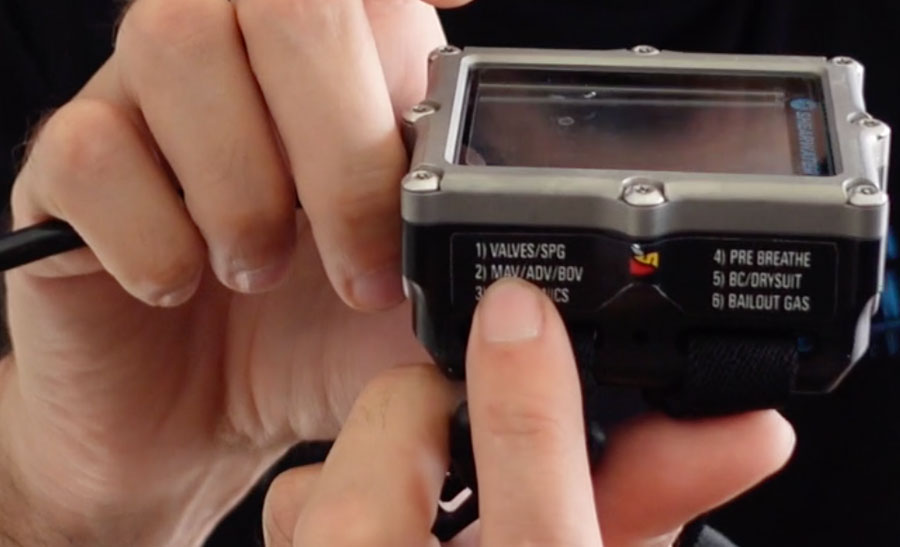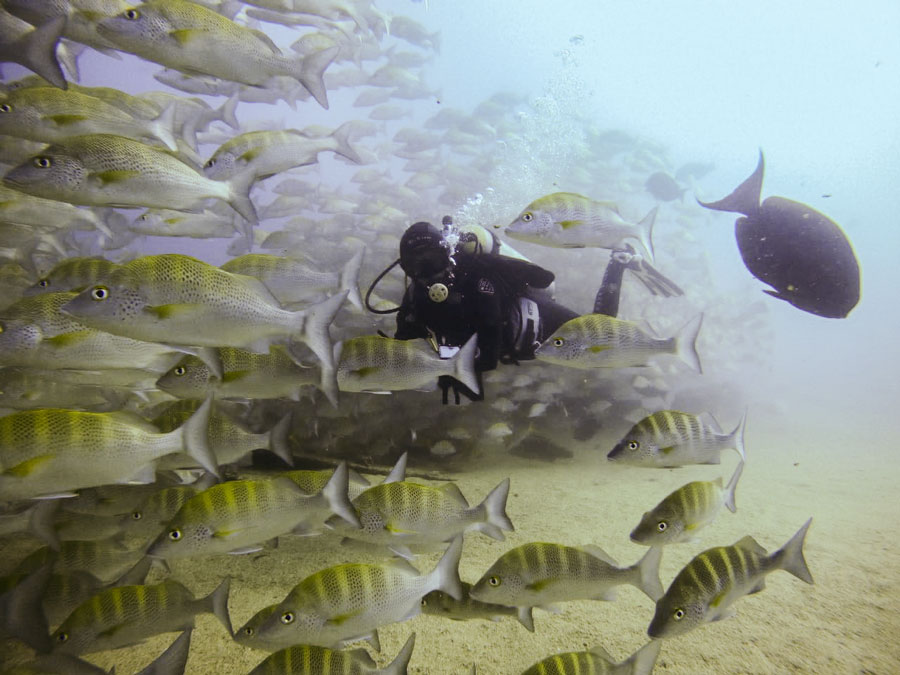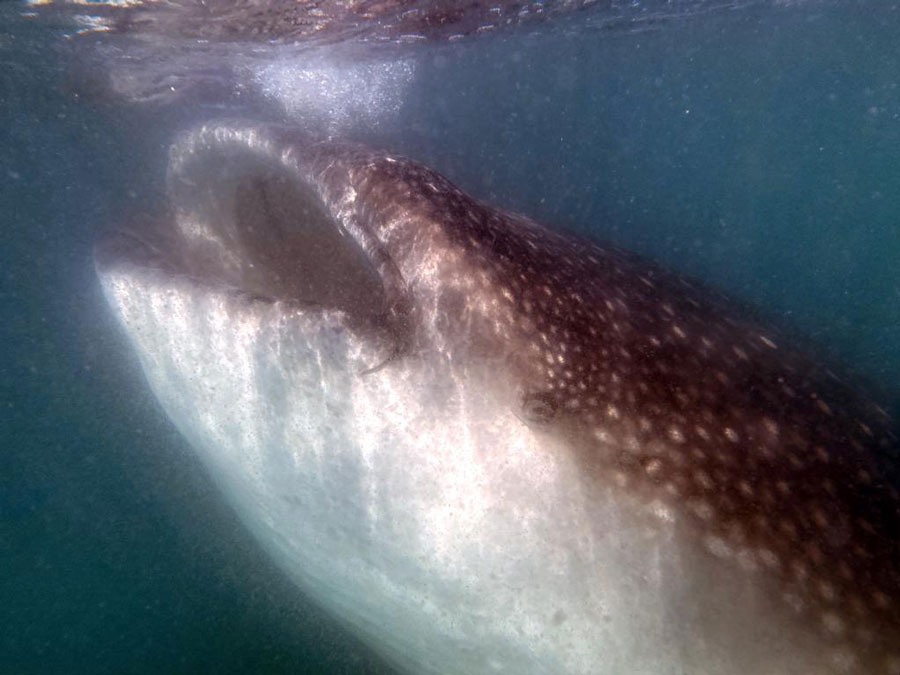Rebreathers are becoming increasingly popular among divers, particularly those interested in technical diving, due to the unit’s ability to extend dive times and support deeper dives. However, the use of rebreathers is not without risks. In this article, we will explore the risks associated with rebreather diving and some of the most common rebreather accidents.
Risks:
- Malfunctioning equipment: Rebreathers are complex pieces of equipment that require proper maintenance and care. All modern units are designed with multiple redundant systems to avoid malfunctioning, however, accidents can still occur and these can include oxygen toxicity, hypoxia, and carbon dioxide poisoning.
- Human error: Rebreather diving requires a high level of knowledge and training to operate safely. Human error, such as improper setup, inconsistent pre-dive checks, or slow response to malfunctioning equipment during a dive, can lead to accidents.
- Unanticipated environmental factors: Rebreather diving requires proper planning to ensure that the diver has enough gas and other resources to complete the dive. Unanticipated environmental factors, such as strong currents, cold water, or unexpected obstacles, can put the diver at risk. This, however is also a risk factor for open circuit divers, but due to the nature of ceilings in decompression diving, tech divers must plan their dives more thoroughly.
Accidents:
- Oxygen toxicity: Oxygen toxicity can occur when a diver breathes a gas blend which contains a very high partial pressure of oxygen (above 1.6 PPO2). Excessive oxygen can lead to spasms which are not dangerous on their own, but may cause you to spit out your regulator, causing you to drown. Although rebreathers have several safeguards to make sure the breathing blend is correct for any depth the diver is exploring, because it is a variable (IE you’re not taking down multiple tanks, each containing a set blend of oxygen), there is more room for error.
- Hypoxia: Hypoxia occurs when a diver does not receive enough oxygen, which can lead to unconsciousness and drowning. Hypoxia can occur due to a malfunctioning rebreather, diver error of not opening the oxygen tank, running out of gas, or breathing an incorrect mix of gases.
- Carbon dioxide poisoning: Rebreathers remove carbon dioxide from the breathing loop, but if the scrubber is not functioning properly, it can lead to carbon dioxide poisoning. This is why it’s important to track your hours with each scrubber fill and be conservative about changing out the substrate when you get close to your limits.
- Equipment Failure: Equipment failure can occur due to poor maintenance, improper use, or manufacturing defects. These units are designed to allow you to bail out if anything were to go wrong, so it’s perfectly fine to have equipment failure as long as you have the training to know how to bail out at any point in the dive. That being said, equipment failure (paired with improper bailout procedures) can lead to serious accidents or death.

Preventing accidents:
- Training: As with any type of diving, having a good, experienced instructor makes a world of difference. You don’t want to go cheap or find the best deals with this.
- Regular maintenance: Rebreathers require proper maintenance to ensure that they are functioning properly. Divers should follow the manufacturer’s guidelines for maintenance and seek out a qualified technician for repairs and inspections.
- Proper planning: Rebreather diving requires proper planning to ensure that the diver has enough gas and other resources to complete the dive. Divers should carefully plan the dive and have contingency plans in case of emergencies.
- Monitoring: Rebreather diving requires careful monitoring of the equipment and the diver’s health. Divers should regularly check the equipment and their own physical condition during the dive.
Conclusion:
Risks in scuba diving should never be taken lightly, especially when diving into the world of technical diving. Proper training, maintenance, planning, and monitoring can help prevent accidents and ensure a safe and enjoyable dive. Divers should carefully consider the risks and benefits of rebreather diving before making a decision to use this equipment.
Join me on upcoming Azul Unlimited dive expeditions
See what trips are coming up. I always give my community first dibs on spots, so you can sign up for Patreon (and get trip discounts) or my email list to be the first to know about new expeditions in the future.










